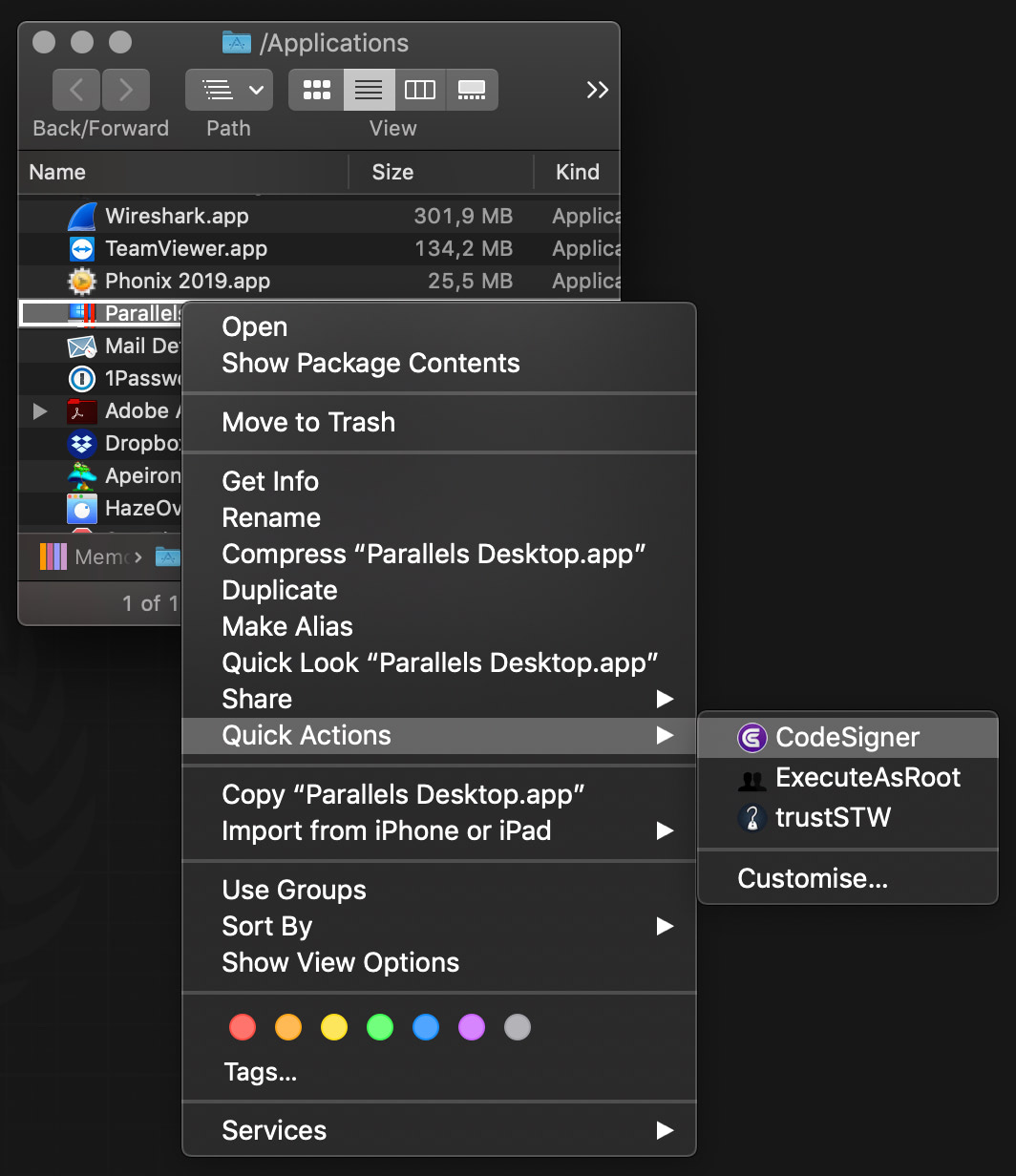

- #Mac osx terminal notifier install#
- #Mac osx terminal notifier mac#
- #Mac osx terminal notifier windows#
If making changes to your dunstrc doesn’t seem to be doing anything, make sure you try libnotify before giving up. Note: When I started this tutorial, notify-send seemed to create unstyled notifications, while libnotify worked properly (both work now). Libnotify.show(:summary => "Hello", :body => "World", :timeout => 2.5) Once everything is installed, you can test your notification server and libnotify installation with the canonical hello world: require 'libnotify'
#Mac osx terminal notifier install#
There is more than one gem available for the Ruby bindings, but the one that worked for me was libnotify: $ gem install libnotify -version 0.8.1 In order to use it, you will need both the binaries for your OS and the Ruby bindings. Libnotify implements the client side of the Freedesktop notifications. With Dunst installed, you have a way to draw notifications on the screen, but you still need a way to tell it what to say. If dunst is installed as a D-Bus service on your system, you will not need to restart it in the shell. If you would like to make changes and then see them in your notifications, you will need to kill dunst. Here is my ~/.config/dunst/dunstrc: ĭmenu = "/usr/bin/dmenu -p dunst: -nb #FFFFFF -nf #000000 -sb #94DBFF -sf #000000"ĭunst seems to read this file once upon starting. The appearance of dunst notifications can be configured using a dunstrc file. Your package manager should create this for you, but if it doesn’t you will need to add to /usr/share/dbus-1/services with these contents: In addition to the executable binary, you will need a D-Bus service file to start it on demand. For example, you can play a game or watch a movie, and notifications will pop upĭunst is fairly popular, so it should be available through your package manager. One of the things I really liked about dunst is that notifications are drawn on top of everything else. It’s lightweight and minimalistic, pairing well with window managers like dwm. $ notify-send "Hello" "World" -t 2000įor this tutorial, I used the dunst notification server.

Depending on your distribution, you might need to install it with your package manager. An easy way to tell is to use the notify-send command. The archlinux wiki has an excellent page on Libnotify and some compatible notification servers.ĭepending on your environment, you might already have a freedesktop notification server installed. There are many servers from which to choose. All you need is an implementation of D-Bus and the Desktop Notifications Specification. The GNOME desktop environment is not required to use freedesktop notifications. These notifications are communicated via D-Bus, a popular interprocess communication protocol in the POSIX world. When it comes to which one you will want to use, the short of it is this:įreedesktop (GNOME) notifications are described in the Desktop Notifications Specification. There seem to be two big players in desktop notification right now: freedesktop and Growl. A way to to make a daemon out of a Ruby script.Libraries for HTTP communication and HTML parsing.Notification client compatible with the server.Notification server to draw notifications on the screen.It turns out that, with Ruby, you can quite easily.įive things will be needed to accomplish this: Wouldn’t it be great if you could just receive desktop notifications whenever new wine test results are submitted for your favorite apps? Here is the AppDB page for Adobe Photoshop CS6 If you look at the bottom, you can see a table labeled “Test Results.” A rating is associated with each result: Gold, Platinum, Silver, Bronze, or Garbage. WineHQ maintains a database of Wine compatiblity called AppDB. Many programs exhibit unusual behavior or seem to crash unpredictably.īut new applications are being supported all the time. As a result, there are still quite a few gaps in Wine’s library implementations.
#Mac osx terminal notifier windows#
Closed-source Windows libraries must be reverse-engineered in order to build matching POSIX API functions. Unfortunately, there is a downside to not running Windows inside a virtual machine: compatibility.
#Mac osx terminal notifier mac#
For the uninitiated, Wine (Wine Is Not an Emulator) is “a compatibility layer capable of running Windows applications on several POSIX-compliant operating systems, such as Linux, Mac OSX, and BSD.” It’s called “Not an Emulator” for a reason – instead of simulating an entire operating system in a virtual machine, it translates API calls in real time, making it possible to support demanding processes like 3D games and HD video.


 0 kommentar(er)
0 kommentar(er)
